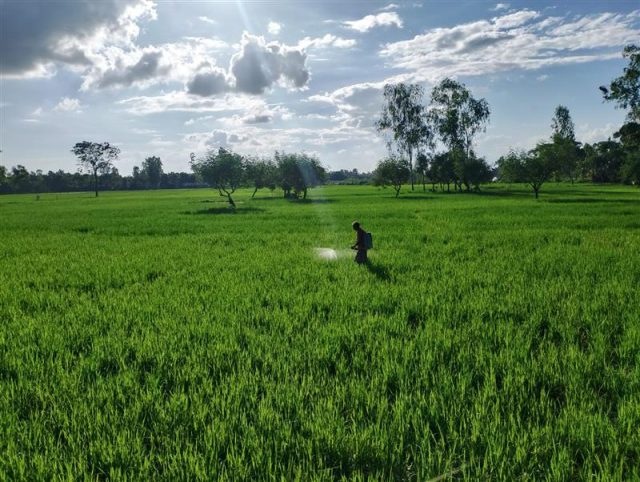Harnessing telecommunications network data for rainfall monitoring in developing countries
- From
-
Published on
24.02.20
- Impact Area

The lack of accurate rainfall measurements in developing countries poses problems in monitoring crop yields, which in turn can make it difficult for the providers of rainfall-based index insurance to gauge risks and set rates accurately.
Existing instruments available for monitoring rainfall—including rain gauges, radar, and satellites—all have limitations. For example, rain gauges provide a local observation that does not faithfully represent the measured region in its entirety. Satellite rainfall retrievals made from space may be inaccurate near ground level. Due to budgetary constraints, rain gauges and radar equipment are often sparingly deployed in developing countries.
Photo credit: J.B. Dodane
Related news
-

New Genomic Discovery from ICRISAT Could Save Farmers Millions by Preventing Groundnut Sprouting Before Harvest
International Crops Research Institute for the Semi-Arid Tropics (ICRISAT)02.12.25-
Food security
-
Poverty reduction, livelihoods & jobs
Breakthrough study identifies varieties and key genes to halt sprouting before harvest in groundnut …
Read more -
-

Cultivating climate-smart rice: How specific cultivars and smarter fertilizing can cut emissions and maintain yield
International Rice Research Institute (IRRI)19.11.25-
Climate adaptation & mitigation
-
Food security
By Bushra Humaira Sadaf A team of researchers from the Bangladesh Rice Research Institute (BRRI), I…
Read more -
-

Australia partners with International Livestock Research Institute to upskill researchers from Africa and Asia
International Livestock Research Institute (ILRI)13.11.25-
Food security
-
Poverty reduction, livelihoods & jobs
Australia has joined forces with the International Livestock Research Institute (ILRI) to support th…
Read more -
